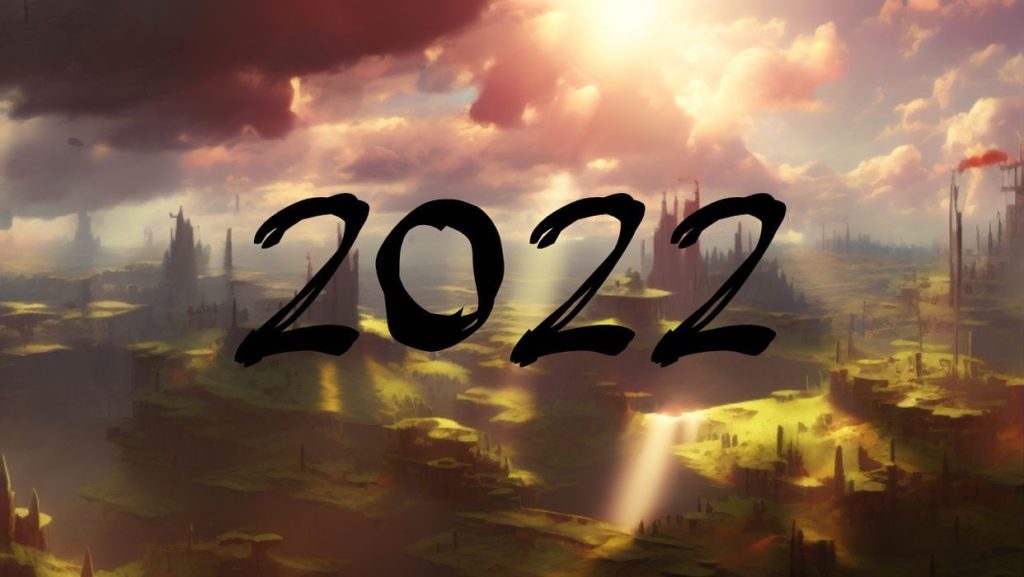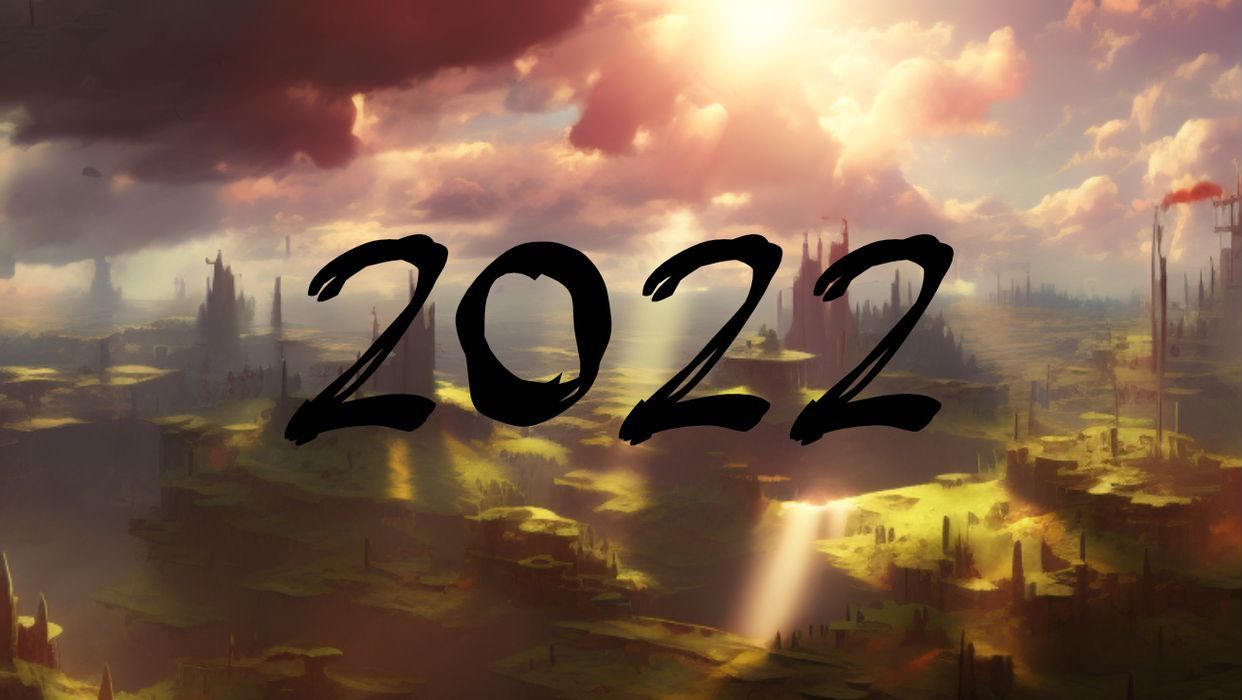
At the close of the year, it’s time to reflect on what just happened.
2022 was a very odd year in the industry, as civilization shifted due to a number of factors, not the least of which was the pandemic and the climate emergency.
It’s hard to comprehend, but the pandemic is now three years old, having started in China in late 2019. Since then the world has been turned upside down in a number of ways, and it’s been fascinating to observe how companies in the 3D print space have reacted.
Initially, companies all stalled because of a sudden lack of orders: in general, manufacturers were cancelling equipment orders for fear of the unknown future at that point.
This put many 3D printer manufacturers in a difficult state. Some had the resources to simply wait it out, while others did not and disappeared from the scene or were quickly absorbed by other companies. Some pivoted and began performing 3D print services with the leftover equipment they had manufactured. One major player even let go of their sales department, while several others made significant downsizing moves.
As that chaos settled out, 2022 was to be the year when “things went back to normal”.
Indeed, many 3D printer companies somewhat restored their financial state as the world finally came back to life. Some even saw a boost in sales because local manufacturers faced extraordinarily challenging supply chain issues, and resorted to making their own parts. Many chose additive manufacturing because it allows for near-instant production, rather than waiting for the construction of a traditional manufacturing line.
But not all 3D printer manufacturers immediately benefited from this effect. Some did not.
Overall, I suspect the effect will be good news in the long term, as the situation opened the eyes of many manufacturers to the notion of additive manufacturing. Once a factory is set up, it’s very difficult to change it to something new unless there are extremely compelling reasons to do so, and the confidence that it will work. In 2022, I believe many manufacturers finally checked off those two items, which will eventually lead to huge growth in 3D printing in coming years.
The “things are normal” thinking turned out to be not really true. While on the surface things were “more normal”, in fact it seemed to me that there was a lot less going on in the industry in 2022 than in 2019 and earlier.
As an example, we recently attended the world’s largest exhibition of 3D print technology at Formnext in Frankfurt. The first clue was a dramatic decrease in the number of press releases before the event. After speaking with hundreds of providers at Formnext, there was a very clear trend: only a few companies had anything new to announce at the show. Normally that event is where the biggest and most important products first appear, but there really were not very many.
One anonymous exhibitor at the fair explained to me that “we are here, but we have no money.”
That, I believe, is the essence of 2022 in 3D printing: things might appear normal, but they are not really normal in spite of appearances.
I suspect the shakeouts will continue for a while and we’ll see big changes in coming months.
It’s not quite over.

